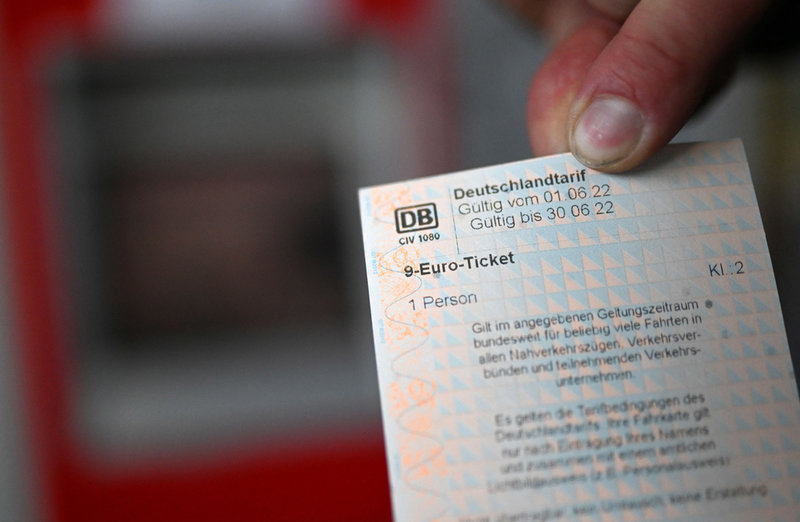High-Speed
Fresh warnings made about “irreparable” environmental damage of HS2
New arguments have emerged that the HS2 development, in its current form, is causing too much irreparable damage to the environment. Jasleen Mann reports.
A
ccording to the Cheshire Wildlife Trust and The Woodland Trust, 129 ancient woodlands in the UK will be impacted along the HS2 route, with irreplaceable habitats being destroyed. Of these woodlands, 60 will be impacted through direct loss and 69 will be destroyed through indirect impact due to close proximity to the tracks.
The conservation organisations argue that the sum of compensation for the environmental impact of HS2 must be larger than what is currently proposed due to the fact that these habitats are considered irreplaceable.
Cheshire Wildlife Trust’s Sean Hawkins Nature Reserve is the habitat of water voles, which are a nationally endangered mammal. According to the trust, HS2 does not plan to trap and relocate the water voles.
In addition, there are concerns that due to the length of the track, river corridors will be fragmented. For this reason, the organisations are questioning HS2’s commitment to delivering a net-gain in biodiversity on its northern leg.
Offsetting the environmental impact of HS2
According to Kathleen Covill, Principal Specialist for Land Use (HS2), the direct impact for phase 1 was 24 hectares, 10 hectares for phase 2a and six for phase 2b. However, due to detailed design at least 3.4 hectares were avoided.
The HS2 Woodland Fund opened in February 2018, with a budget of £1m. However, a further £4m budget was made available for projects until 2022/2023. The fund aims to create native woodland and restore plantations on ancient woodland sites near the HS2 route.
Over £1.1m has been spent on new habit planting and restoration. 130 hectares of new habitat have been plated as well as 90 hectares of restored ancient woodland.
They are using their own tool to measure biodiversity, which is out of date and untested.
Environmental organisations are calling on HS2 to adjust their environmental data. Dr Rachel Giles, evidence and planning programme manager at Cheshire Wildlife Trust, said: “They are using their own tool to measure biodiversity, which is out of date and untested. It is not peer reviewed.”
A review led by Professor Sir Partha Dasgupta resulted in a final report, called ‘The Economics of Biodiversity: The Dasgupta Review’ in 2021. The report discusses how to protect and enhance the natural world and addresses ecosystem processes and how they are impacted by economic activity.
The report suggests the way that nature should be considered in economics and decision-making. It is a key piece of research that has empowered organisations to demand environmental change.
The HS2 ‘Green Corridor’
According to Mark Thurston, chief executive of HS2: “All of our contractors work to the code of practice. We have got teams on the ground who are there to hold contractors to account, support the contractors and act as liaison with local communities.
“It’s not just about how we minimise the impact of construction but how we can give back to the community and create opportunities for employment, work with local schools. We have talked about The Community and Environment Fund and the Business and Local Economy Fund which bring local community projects to the fore.”
According to HS2, there are various environmental projects along the route which aim to protect, preserve, and enhance the natural environment.
HS2 provides various examples of how it is responding to the environmental impact of the project through ecological and landscape investments in categories such as ancient woodland strategy, ancient woodland compensation measures, creation of new wildlife habitats, protecting wildlife, and wildlife licenses.
An example of this is HS2’s ‘Green Corridor’, which is expected to run alongside the railway, connecting habitats and greener spaces. New woodlands, new ponds, grasslands, and meadows have also been put in place.

The "9-Euro-ticket", a flat rate monthly subscription that allows commuters to use regional trains as well as public transport throughout Germany, was available from June to August 2022. Credit: Ina Fassbender/AFP/Getty Images
Main image: Queen Elizabeth II (C) and Prince Edward (R) visit Paddington Station on 17 May 2022, to mark the completion of London's Crossrail project. Credit: Andrew Matthews/Pool/AFP/Getty Images.